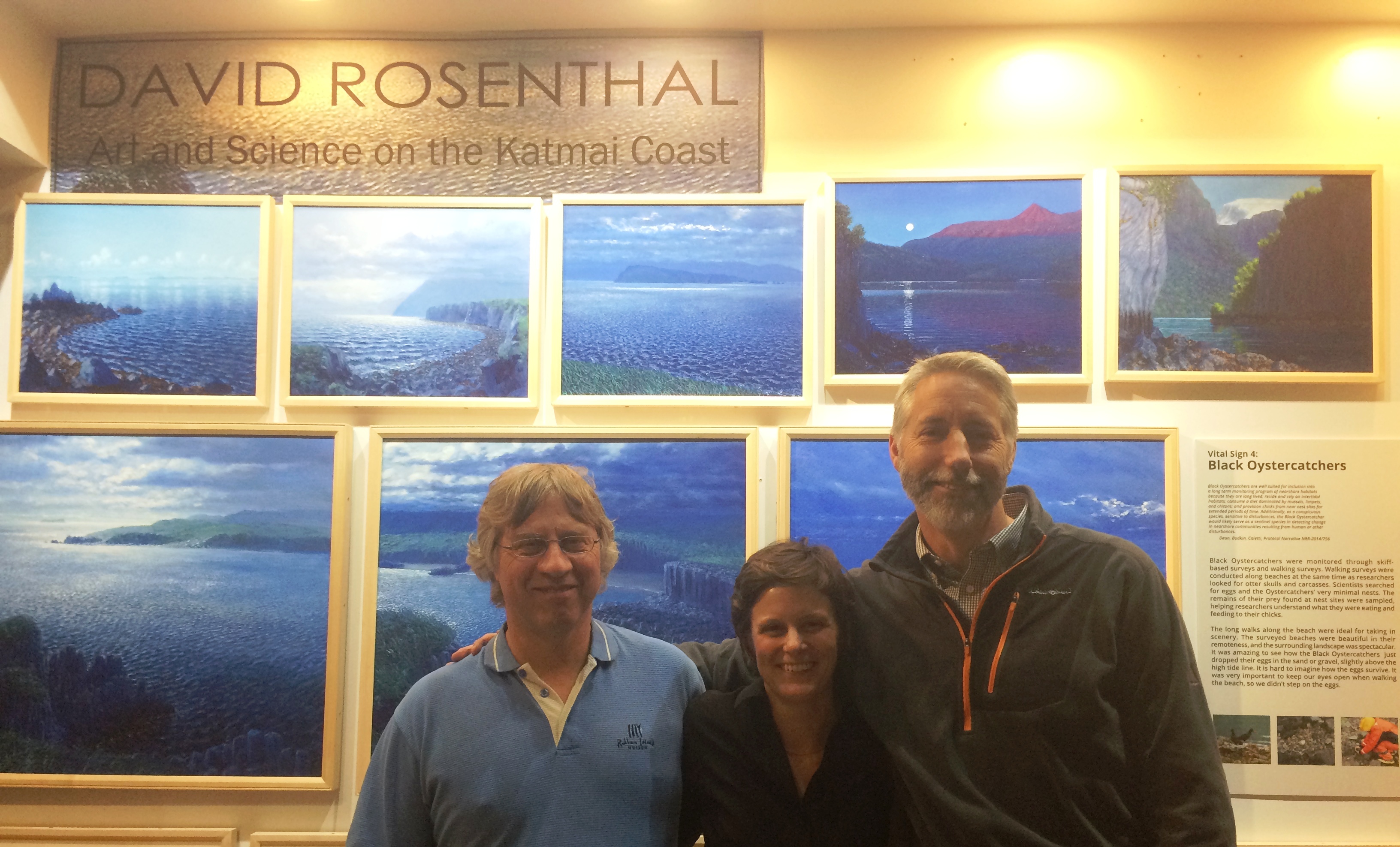This past week researchers, program managers, and Science Review Panel members from the Gulf Watch Alaska and Herring Research and Monitoring Program convened in Cordova, Alaska for the annual program meetings. Key findings from the Year 6 research and monitoring efforts were shared, with a focus towards ecosystem-level synthesis of scientific results. Time was also spent planning and coordinating the upcoming Year 7 activities. An evening presentation to community members was given by Robb Kaler (USFWS) about how The Blob and El Nino may be related to the mass seabird mortalities observed in the Gulf of Alaska during 2016.

Invited presentations were given by Sam McClatchie, NOAA Southwest Fisheries
Science Center, who related the benefits and lessons-learned of the California Cooperative Oceanic Fisheries Investigations (CalCOFI), which was established in 1949, to Gulf Watch Alaska long-term monitoring. Stephani Zador of the NOAA Alaska Fisheries Science Center also discussed the application of data, ecosystem, assessments, and report cards to decision-making in the Gulf of Alaska Marine Ecosystem region. Finally, researchers had a viewing of David Rosenthal’s Katmai exhibit of paintings based on his Artist-in-Residence at Katmai National Park working with the Gulf Watch Alaska nearshore team. The exhibit also featured information about the scientific work being done by the researchers. A debt of gratitude is owed to the Prince William Sound Science Center and the Cordova Community Center for extending such a fine welcome!





